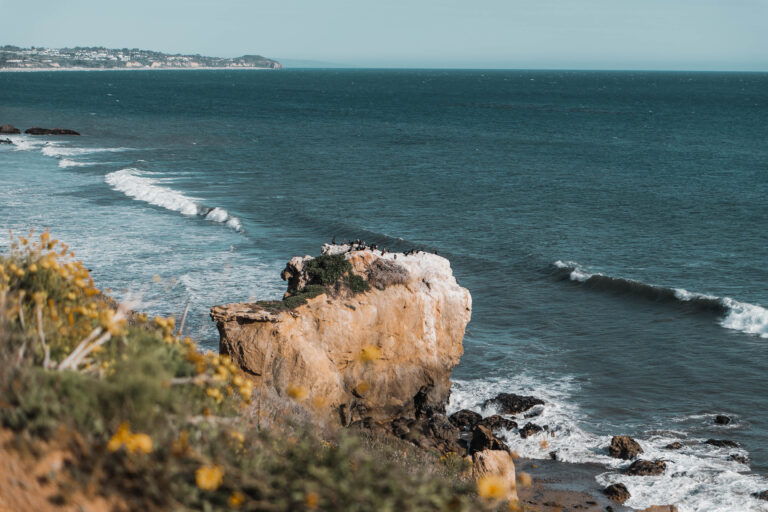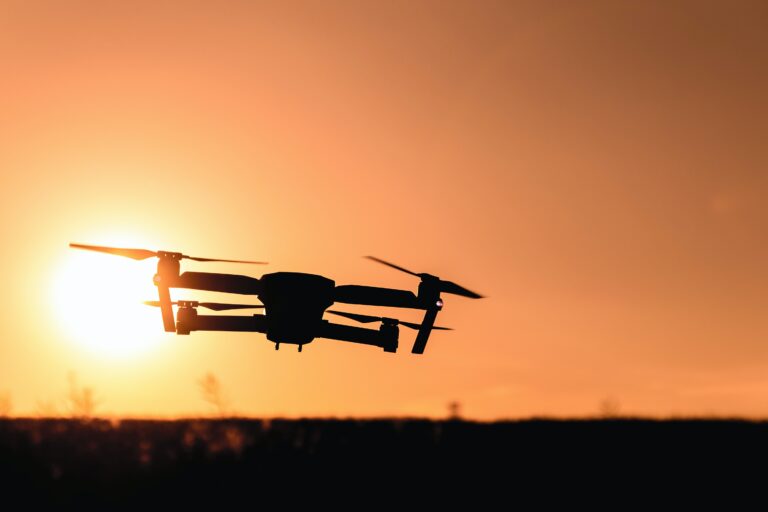The 7 Best Sony A7 Lenses for Travel Photography: 2024 Ultimate Guide
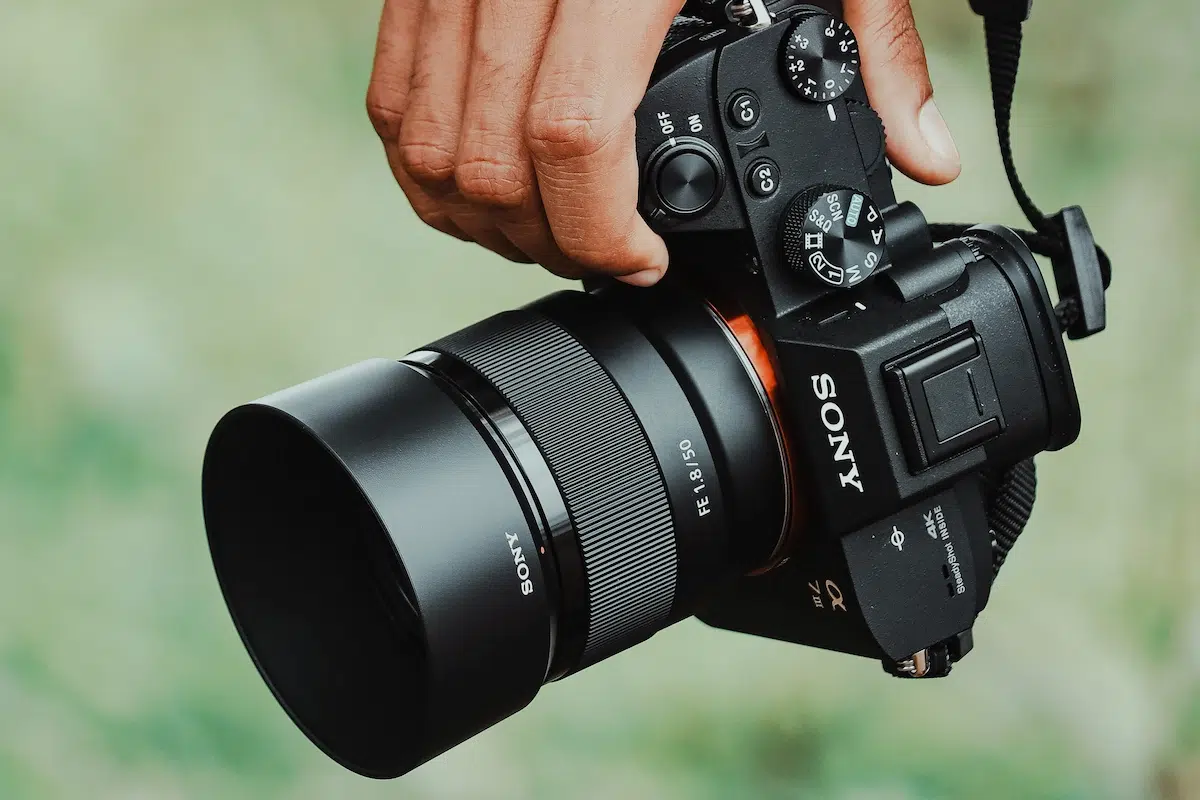
Last Updated on March 4, 2024
With more than 7 years of shooting professional travel photography with my Sony A7III camera and other Sony Alpha cameras, I put together this list of the 7 best E-Mount lenses that I recommend you consider in 2024.
As a travel photographer, finding the right lens for your Sony A7 camera is just as important, if not more important, than the camera body itself. Whether you’re hoping to focus on landscape photography, cityscapes, or portraits, having a lens that delivers sharpness and versatility is one of the best investments you’ll make.
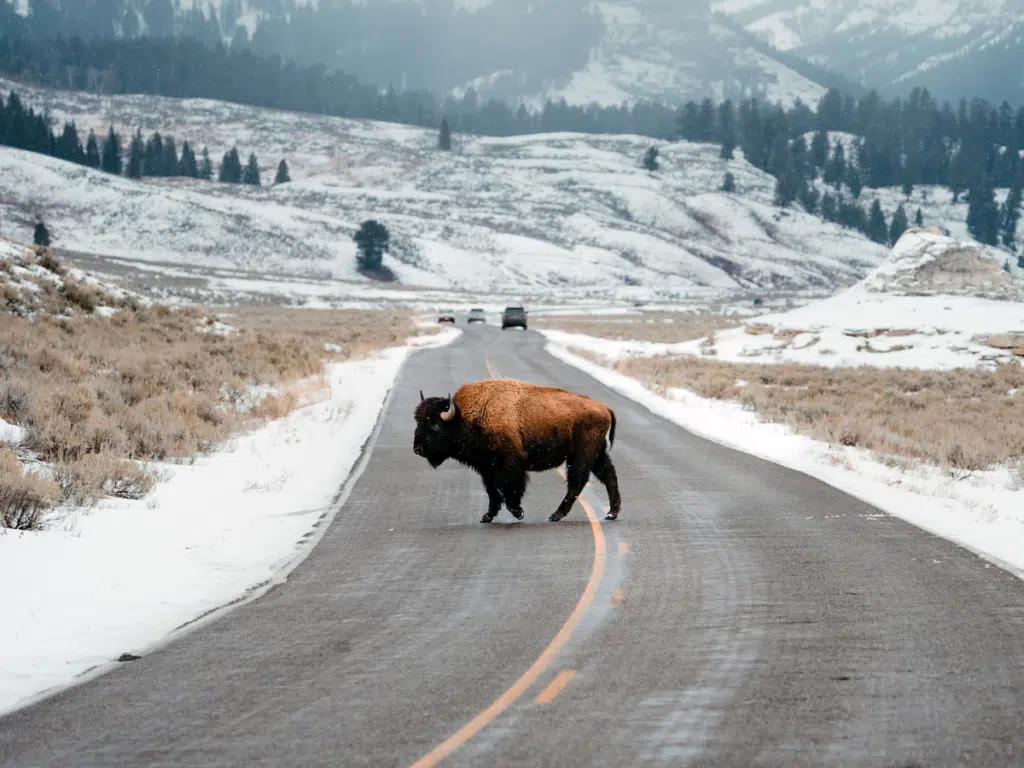
This post outlines some of the best prime lenses and all-in-one zoom lens options for the Sony Alpha A7 series– all while considering the most important factors like image quality, focal length, low-light performance, versatility, and value for money.
Towards the end of the article, I’ve even provided some helpful info on choosing between a zoom lens or a prime lens and a list of accessories to help you get the best shots as you’re out in the field.
Note: The lenses recommended in this list are for Sony’s A7 series, including the A7, A7S, A7C, and A7R series. Sony A7 cameras are full-frame, so it’s best to go with full-frame lenses to make sure image quality is as optimal as possible.
Let’s dive in!
Some of the links in this post are affiliate links for products I use and love. Any purchase you make through them supports the page at no extra cost to you.
Best All-in-One Zoom Lenses for Travel Photography
Sony 16-35mm f/2.8
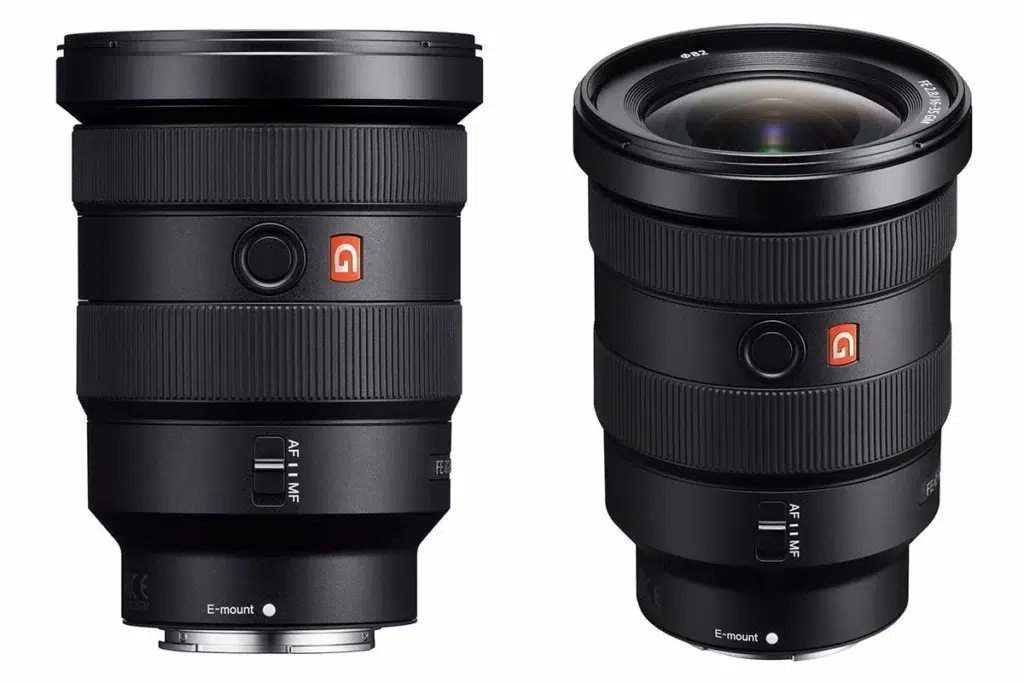
Best Landscape Photography Zoom Lens.
The Sony 16-35mm f/2.8 GM is seriously a dream Sony lens for many photographers, especially those who are into photographing sweeping landscapes, cityscapes, and even architecture.
If you’ve ever seen those super wide shots of landscapes on IG where the subject is nearly a dot in the photo, chances are they were taken with this gem of a lens.
As a wide-angle lens, this lens can capture an ultra-wide angle view between 16mm and 35mm, making it a great option if you’re looking to shoot vast landscapes and wider scenes without compromising on quality and detail. 35mm is the perfect range for those everyday lifestyle photos, while 16mm allows you to get some wildly beautiful compositions that are hard to beat.
Sure, it’s a zoom lens, but Sony has done a great job of ensuring that this lens pairs perfectly with Sony Alpha A7 cameras. It’s equipped with a super fast f/2.8 aperture, which really comes in handy for lower-light environments and even creates some nice subtle bokeh if you need it.
It’s fairly lightweight (24 oz), has quick autofocus, and has a durable dust and moisture-resistant design, making it one of the best travel lenses for landscape photography, cityscapes, and everyday photography.
Just a heads up: It’s on the pricier side when it comes to travel lenses, but you do get what you paid for with this lens. Many Sony shooters are diehard fans of this wide-angle G Master lens, and for good reason.
Sony 18-105mm f/4
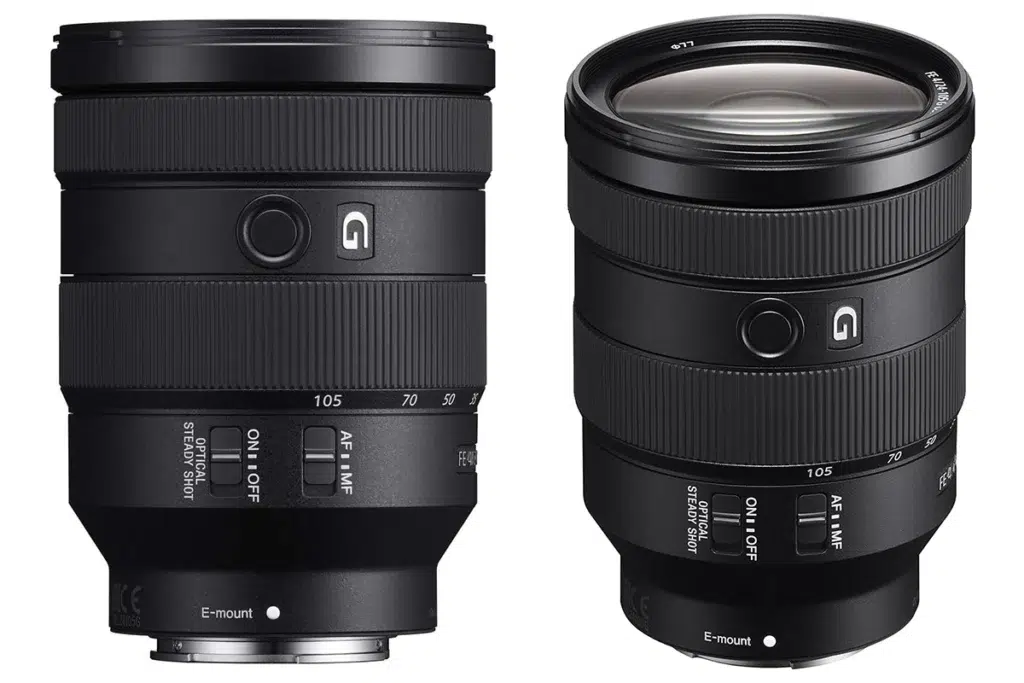
Best Everyday Travel Photography Zoom Lens.
Ahh, the Sony 18-105mm f/4 lens. If versatility and having an all-in-one go-to lens are what you’re after, then this lens is a great option. Instead of constantly swapping lenses, this lens allows you to get a variety of focal lengths in one piece of equipment.
This is one of the best bread-and-butter Sony lenses around and is a huge step up from the (usually plastic) Sony kit lens.
The Sony 18-105mm f/4 G OSS telephoto lens is seriously a dream for travel photographers, myself included. This handy lens covers everything from ultra-wide to what you’d expect from telephoto lenses, making it perfect for framing expansive scenes or zooming in for detailed shots without losing image quality.
Its constant f/4 aperture ensures consistent exposure across all zoom levels, which is especially crucial when you’re shooting in changing environments.
I will say that the f/4 aperture is great for most cases, but not all. For example: if you’re in situations where you can’t control the lighting, such as at a wedding or event venue, you’ll probably want a wider aperture such as f/2.8 for those low-light shots.
This wider aperture gives you more wiggle room to expose your photo optimally. Also, f/4 tends to have less dramatic bokeh and a shallower depth of field compared to a wider aperture.
However, this doesn’t mean that this lens is not an absolute workhorse. It is still one of the best travel lenses available for Sony a7 cameras at a fairly affordable price point.
If you don’t want to carry around multiple lenses as you travel, the blend of versatility and performance the Sony Alpha 18-105mm offers makes it hard to beat.
Sony FE 200-600mm f/5.6-6.3 (Super Telephoto Zoom)
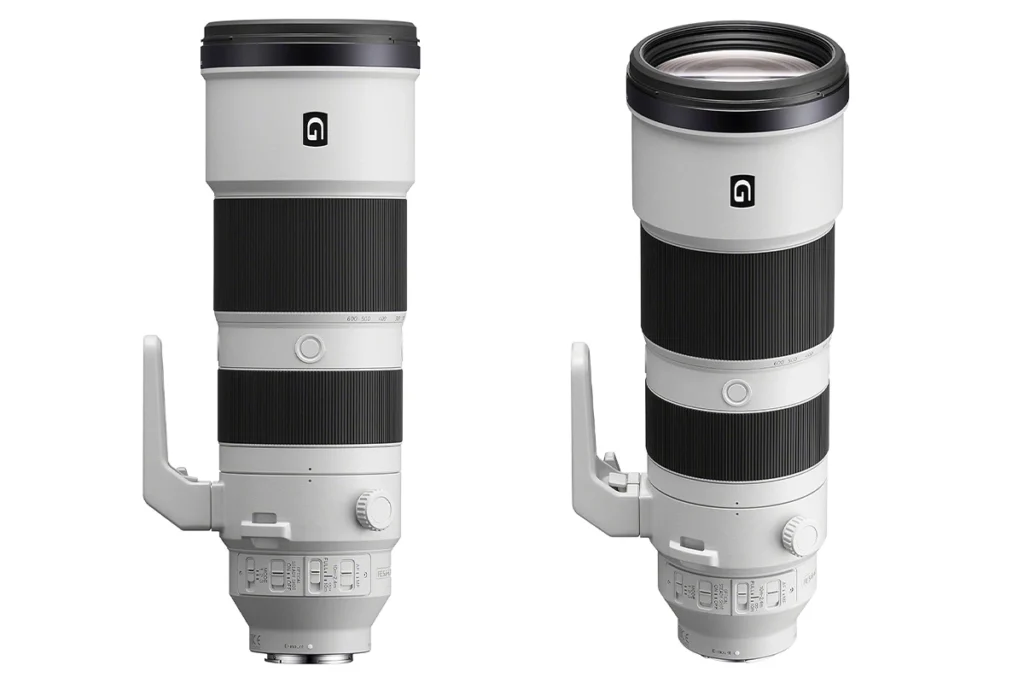
Best Wildlife Photography Zoom Lens.
Sometimes you need to capture the intricate details but can’t get any closer to the subject. That’s where having a super telephoto lens like the Sony FE 200-600mm comes into play.
If you’re hoping to snap photos of wildlife or just want to get that amazing compression effect for the foreground and background, then the Sony 200-600mm f/5.6-6.3 is the best lens for you.
As the name implies, this Sony lens gives you different focal lengths via a versatile zoom ranging from 200mm to 600mm, which allows you to get some amazing details of the subject(s) you’re shooting. The variable aperture of f/5.6-6.3 means you get more wiggle room to get the right shot regardless of the environment you’re in.
This sturdy lens features speedy AF, Optical SteadyShot image stabilization, dust/moisture-resistant design, internal zoom, and amazing bokeh at any focal length.
While this is easily the best travel lens to shoot wildlife with, I wouldn’t consider it an everyday carry. It’s nearly a foot in length and also the heaviest of the lens options on this list. Therefore, it’s best reserved for those trips where you need/want to get some closer detail and image compression.
Regardless of its size, the Sony 200-600mm f/5.6-6.3 still one of my favorite travel lenses for my Sony camera and is worth consideration.
Tamron 28-200 f/2.8-5.6
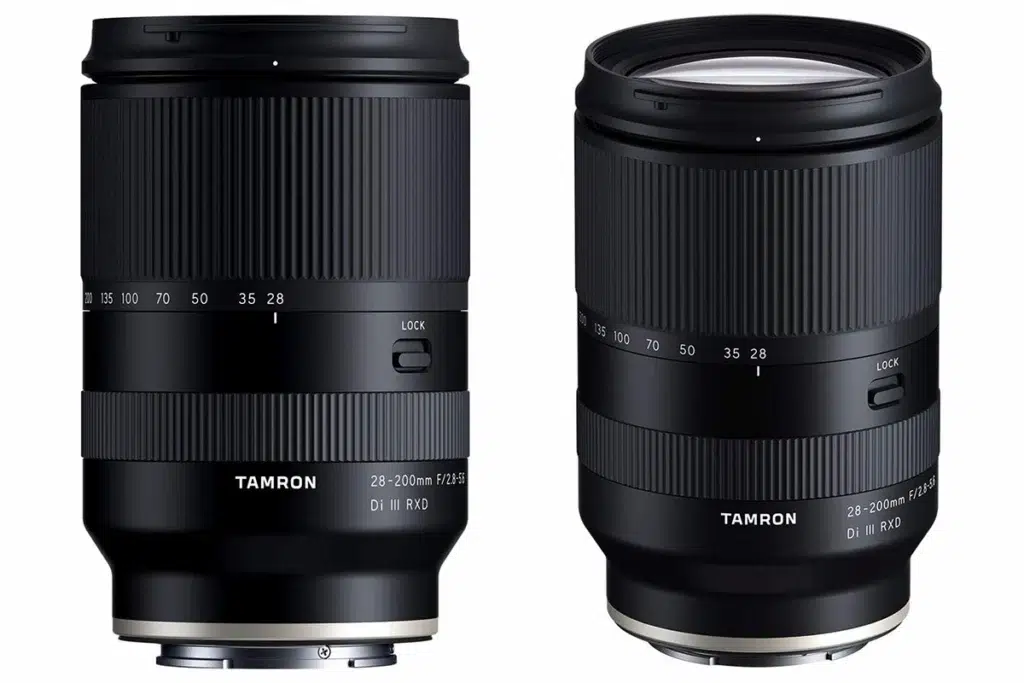
Best Budget Zoom Lens.
Okay sure, this isn’t a Sony brand lens, but that doesn’t mean you lose anything when it comes to quality. Tamron is well-respected in the photography industry for producing a premium lens that competes with Sony lenses and other big-name competitors.
When you’re looking to capture both the grandeur of landscapes and the subtle details of street scenes without changing lenses, the Tamron 28-200mm f/2.8-5.6 is arguably the best travel lens around at such an affordable price point.
This lens provides a versatile focal range, from a super wide angle of 28mm for expansive views to 50mm for that “nifty fifty” sweet spot, to 200mm telephoto for those close-up details, making it a great value lens that fits the bill for just about any shooting scenario.
It’s designed with a compact build, rapid autofocus, and image stabilization, and maintains high-res quality across its zoom range. All in all, it’s a great travel lens for Sony A7 shooters looking to stick to a compact body lens that’s easier than, say, carrying around three lenses.
While it’s lighter and more adaptable than bulkier telephoto lenses, it still delivers sharp images and the consistent performance needed for vivid travel photography. This lens could be your go-to for capturing everything from the subtle nuances of urban life to those IG-worthy landscape shots.
I could’ve picked from the other lenses available on the market, but I chose this Tamron 28-200mm f/2.8-5.6 as one of my best travel lenses that pretty much stays on my camera so I’m ready for action. With its maximum aperture of f/2.8, it’s able to produce some impressive results, even in low light conditions and when shooting at slower shutter speeds.
Best Prime Lenses for Travel Photography
Rokinon 35mm f/1.8 Wide Angle
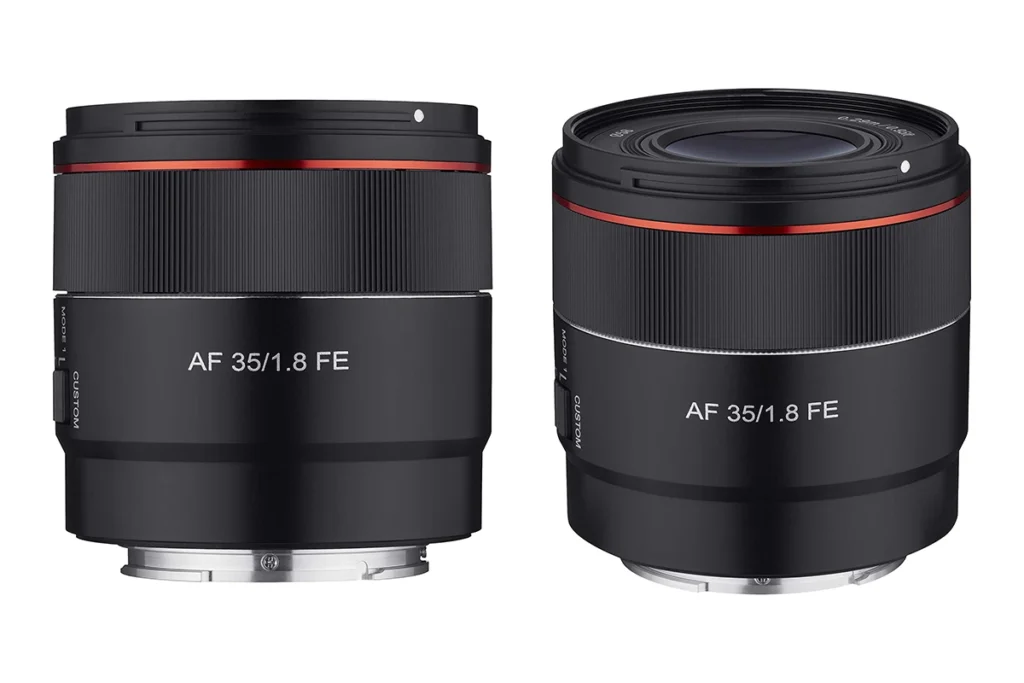
Best Budget Landscape Photography Lens.
Another competitor for Sony lenses, the Rokinon 35mm f/1.8 is an amazing lens to have in your arsenal that won’t break your bank.
With a 35mm focal length, my Rokinon 35mm f/1.8 lens is a workhorse when it comes to cityscape scenery and snapping those sweeping landscape shots.
What makes this lens shine is its aperture of f/1.8. This aperture lets me work in various lighting conditions and perform like a champ even at slower shutter speeds, creating beautiful subtle bokeh when I need some greater depth of field and blurring of my background for certain creative shots.
The quality this little lens delivers is honestly very comparable with the Sony 35mm but for a fraction of the price. With an aperture range of f/1.8-22, super compact sizing and weight, precise AF, and manual focus override, this weather-sealed lens gives you a lot to work with for a fairly low price.
Rokinon 85mm f/1.4
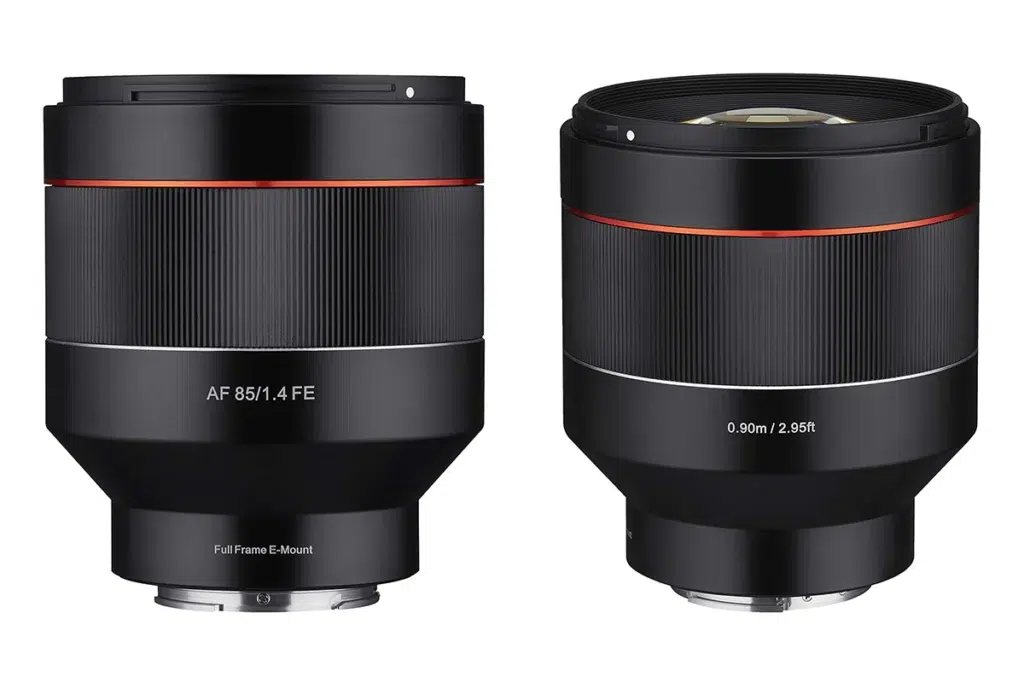
Best Budget Portrait Photography Travel Lens.
When I think of this lens, I think of the travel creators who especially love to capture the essence of the people and the culture when they travel, like @alivelikethewind and @jordhammond on Instagram.
I seriously love this lens for many reasons. For one, it was the very first lens I bought for my Sony A7III camera and it continues to be one of my favorite lenses for travel portraiture.
Also, this lens has been surprisingly durable. I have dropped it a few times and it often gets tossed around in my bag as I travel, yet it continues to produce sharp quality and hasn’t crapped out on me.
This weather-sealed lens gives you quick AF, manual focus control, beautiful bokeh, and a wide aperture for sharp yet buttery smooth portraits and subject framing, making it one of the best lenses on the market for this type of shooting. It has an aperture range of f/1.4-16 so you can get those landscape shots on the fly as well.
All in all, it’s an impressive and affordable lens for Sony Alpha cameras that competes with other lenses in its class.
Sony Planar 50mm f/1.4
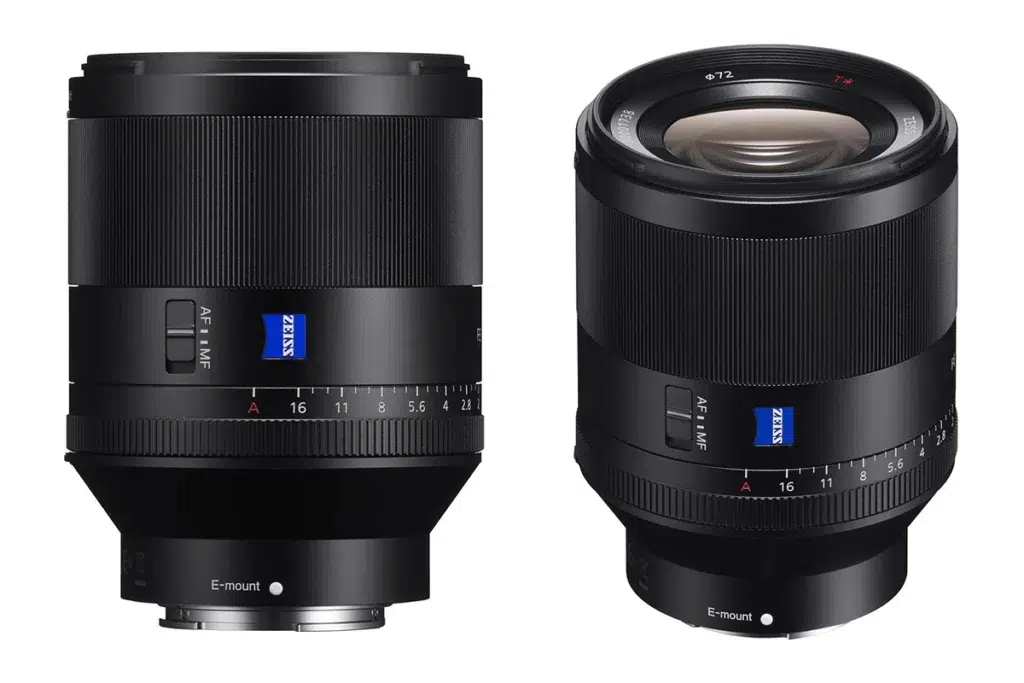
Best All-Around Prime Lens.
Every photographer needs a “Nifty Fifty” in their arsenal, and the Sony Planar 50mm f/1.4 is easily the best Sony E lens for the A7 series that blends sharp results, build quality and performance.
For context, “Nifty Fifty” refers to the 50 mm focal length, and this Sony E lens’ focal length gives the closest perspective to the naked human eye. This makes the 50mm a great all-around focal range to shoot with that excels in portraiture, landscapes, and just about every other shooting condition you can think of.
With its fast aperture, sturdy design, ZEISS engineering, creamy bokeh, and easy AF/MF toggling, this Sony Alpha lens is usually one of the most sought-after lenses for full-frame Sony E-mount photographers.
This Sony lens is built with metal construction and weather sealing, making it a reliable choice for various shooting conditions. While there’s a cheaper Sony Alpha 50mm f/1.8 available, this f/1.4 version offers ridiculously sharp image quality and build, which is more than enough to justify the price.
Note: It’s not the cheapest, but its optical quality surpasses many other Sony Alpha lenses in its category. This lens is far above and beyond your typical kit lens.
How to Choose the Perfect Travel Lens
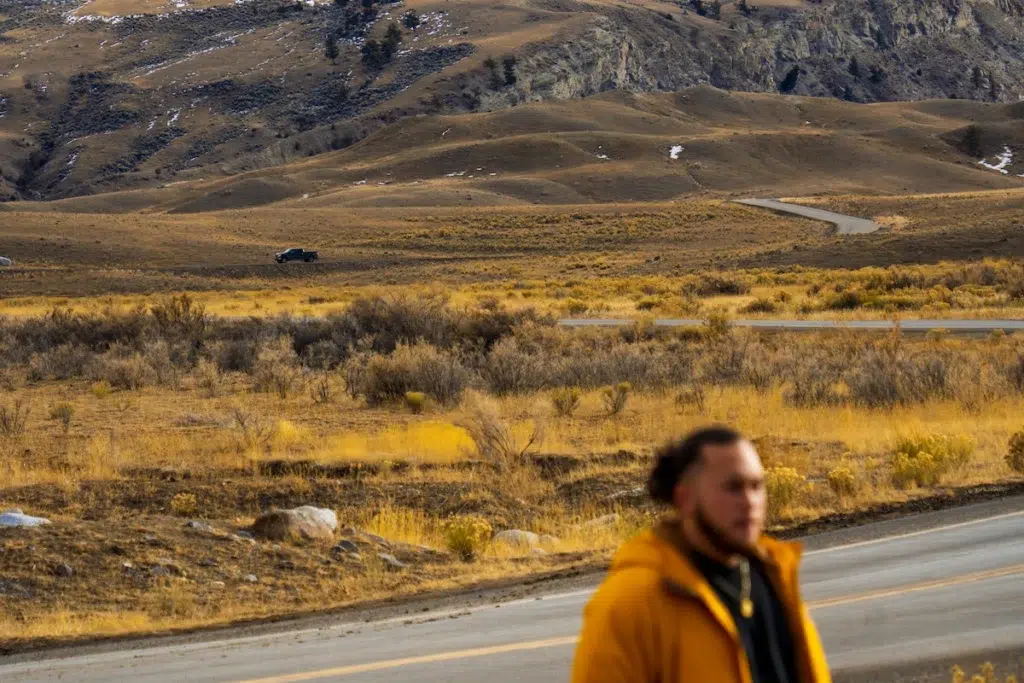
When it comes to choosing a travel lens, there are several key factors to think about. First, think about your travel style and the type of photography you enjoy.
Do you prefer getting out into nature for some sweet landscape shots? Are you someone who loves street photography in the city? Or maybe you’re more into portraits!
Think about what you’ll be shooting most of the time and what type of setting you’ll be in as you travel. This will help determine the focal length and aperture range that suits your needs.
Also, think about the size and weight of the lens, as you’ll want something compact and lightweight for easy portability if you’re, say, hiking for miles on end.
Finally, think about your budget and prioritize the features that are most important to you. After all, you don’t want to break the bank with a lens that is way out of your price range and probably more than you need to begin with.
Some photographers may be just fine with a kit lens, while other shooters may want the best that the Sony Alpha lineup has to offer.
Zoom Lenses vs Prime Lenses (Quick Comparison)
What is a Zoom Lens?
A zoom lens is a type of camera lens that allows you to change the focal length and angle of view, enabling you to capture both close-up details and wide scenes without having to change lenses when you’re on the go. It’s like having multiple lenses in one, allowing for more flexibility in framing and composing your shots.
There are tradeoffs though (aren’t there always?). For starters, these zoom lenses usually won’t be as sharp as prime lenses. Their zoom versatility means they have more glass elements inside, which can sometimes reduce image sharpness compared to prime lenses, which have a fixed focal length and typically fewer elements, leading to clearer and sharper images.
They also tend to be less effective in low-light shooting conditions, so night photography is usually best left for prime lenses. This doesn’t mean that zoom lenses are bad whatsoever. I love mine and travel with zoom lenses most of the time.
What is a Prime Lens?
A prime lens is a type of camera lens with a fixed focal length, meaning you can’t zoom in or out. This design usually results in a simpler, often more compact structure, leading to higher image quality with greater sharpness and less distortion compared to zoom lenses.
However, this simplicity comes with a tradeoff: you’ll have to physically move to change composition or framing, as the lens offers only one angle of view. Regardless, many travel photography professionals prefer prime lenses for their light-gathering capabilities and clarity, especially in low-light conditions.
Prime lenses are very popular when it comes to specific photography needs like portraits or street photography, where precision and image quality are key. They tend to encourage creativity and a more thoughtful approach to composition, which can help you become a better photographer in the long run.
With all that being said, it’s all about picking the best type of lens for your travel style. If you prefer the convenience of a single lens that covers a wide range of focal lengths, an all-in-one zoom lens is a great option.
These lenses offer versatility and are ideal for travel photographers who don’t want to carry multiple lenses.
Additional Accessories for Travel Photography
In addition to lenses, there are a few accessories that can enhance your travel photography experience. Here are some essential accessories that are worth taking a look into for your travels:
Lens Filters
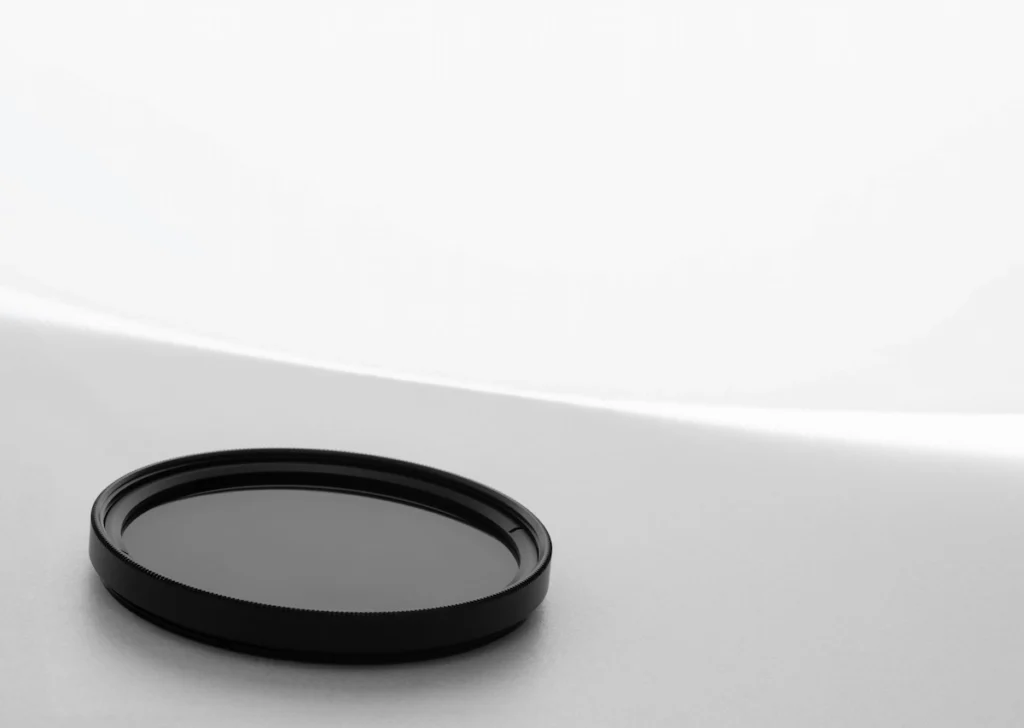
Filters, such as ND filters and polarizing filters, are valuable tools for travel photographers. An ND filter allows you to slow down the shutter speed, creating motion blur effects for subjects like waterfalls or clouds.
A polarizing filter helps reduce glare and reflections, enhancing the colors and contrast in your images. These filters can significantly improve the quality of your travel photographs.
There are also stylized filter options to choose from, such as the mist filter and prism filter. Here are my favorite staple lens filters that I believe every travel photographer should consider:
- K&F Concept Variable Neutral Density (ND) Lens Filter
- Polarizing Lens Filter
- K&F Black Diffusion 1/4 Mist Filter
Camera Cleaning Kit
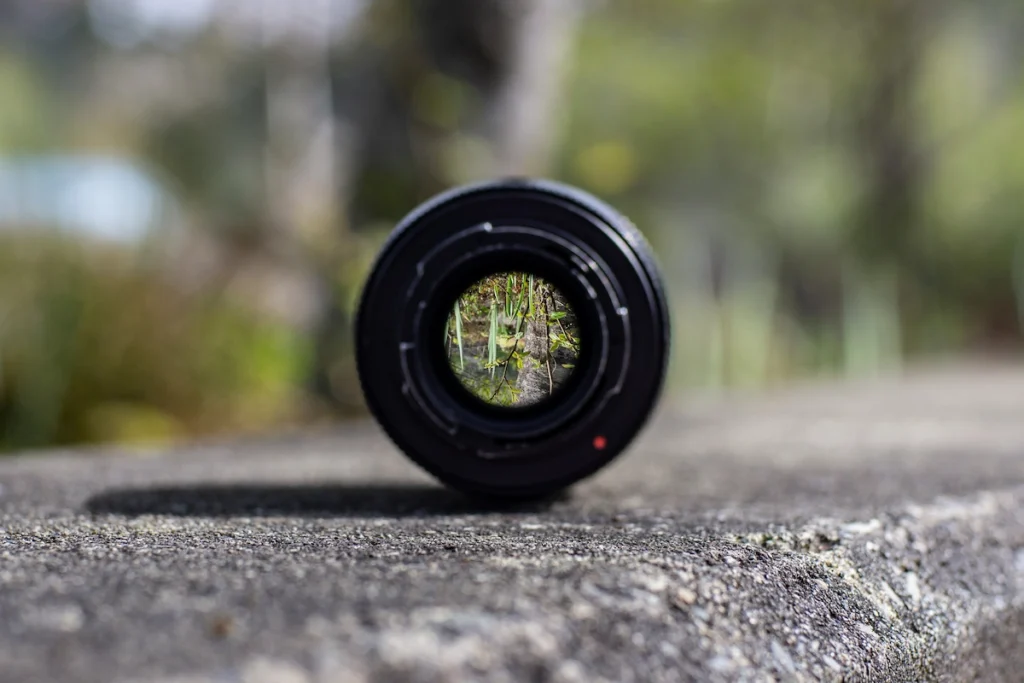
When changing lenses frequently, dust particles can find their way onto your camera’s sensor, leading to unwanted spots in your images.
A camera cleaning kit, like this one by Altura, usually includes a lens brush pen, microfiber cloth, and rocket air blower so you can remove dust and debris from your lens and camera’s sensor for spot-free photos.
Closing Thoughts
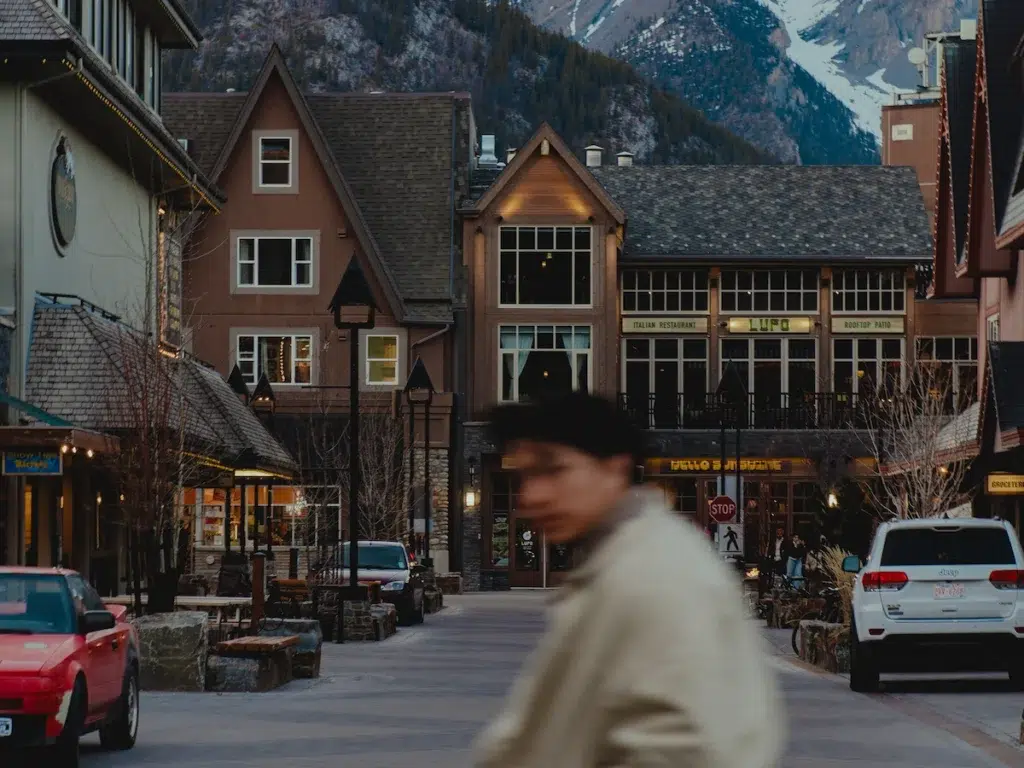
Finding the best Sony travel lens is a crucial decision for travel photographers. Whether you opt for an all-in-one zoom lens or prefer the versatility of prime lenses, there are excellent options available to suit your travel style and photography needs.
Remember to consider factors like image quality, focal length, low-light performance, and value for money when making your decision. With the right lens in your kit, you’ll be ready to capture stunning travel photos that tell your unique story. Happy shooting!
Disclaimer: The information provided in this article is based on personal experience and extensive research. Prices and availability of lenses and accessories may vary.

